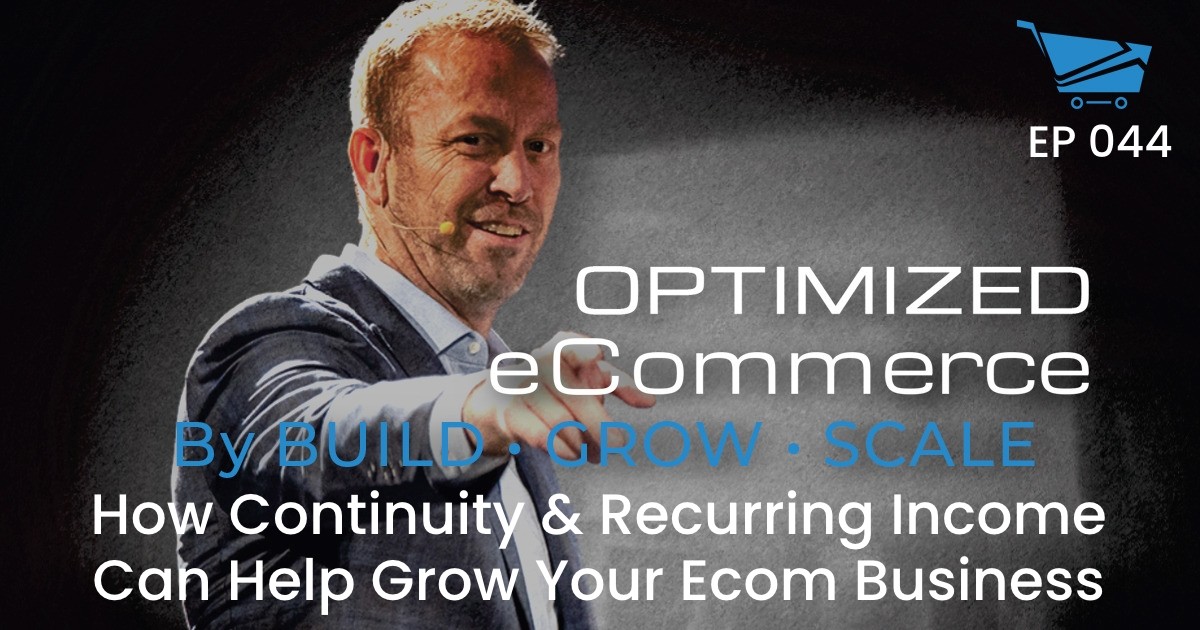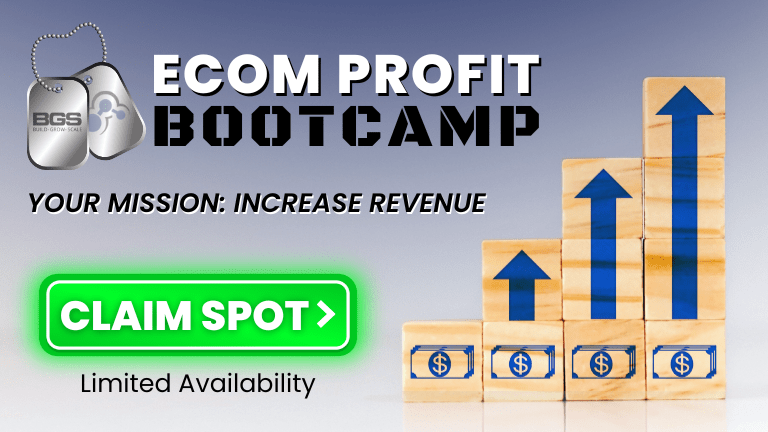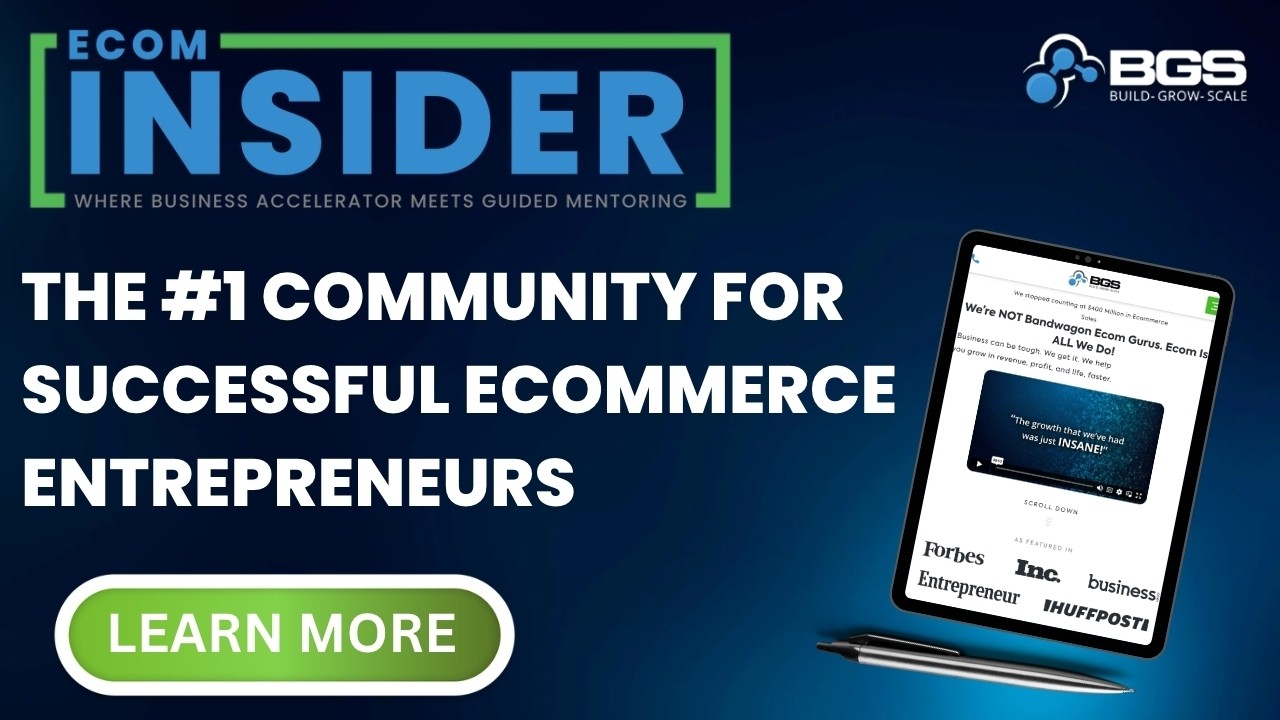Optimized Ecommerce EP 044 – How Continuity & Recurring Income Can Help Grow Your Ecom Business

Welcome to Episode 044 of Optimized Ecommerce – How Continuity & Recurring Income Can Help Grow Your Ecom Business. I’m your host, Tanner Larsson, CEO of BGS.
BGS means Build Grow Scale! It is a community that we founded where eCommerce entrepreneurs and physical product sellers come to learn how to take their businesses to the next level.
Brad Owens is a returning guest on the show, he is one of the BGS Revenue Optimization Experts who work with our amplified stores. He has been a BGS customer and been using continuity and recurring revenue to grow his ecom business.
Brad is also one of the head coaches in our eCommerce business blueprint, our beginner’s training program for people who are trying to start a store from scratch or figure out what they want to sell. He works along with Jeremy Friedland, and they do a phenomenal job.
Here’s just a taste of what we talked about today:
Tanner discussed what continuity and recurring revenues are.
Continuity is recurring revenue that can be set on a monthly quarterly or yearly basis. It is a predictable recurring revenue where people sign up once and get billed ongoingly. This is very common in some of the most popular products such as supplements and consumables.
Brad talks about the more popular ways continuity is used in the eCommerce space.
Popular platforms such as Amazon Prime is an example of a Buyers Club. Also, Costco and Sam’s Club used continuity by prompting people to sign up to get discounts, free shipping, or get a digital product every month.
Some stores go a little step further with a micro continuity program where their customers pay $3-$5 a month to join and ship out inexpensive or expensive jewelry from Alibaba or Aliexpress. Some stores that sell essential oils and diffusers send out newsletters with amazing information that buyers are going to want to have.
The other big thing right now is boxes. They can be mystery boxes, they can also be themed boxes. People these days, love to order boxes, they love to open and record themselves while opening the box, which is great for user-generated content that stores might get.
We also discussed a few other fun topics, including:
- The kind of product that goes well with continuity.
- Brad’s experience in building continuity and how it worked out for him.
- Some stores have a great continuity program.
- Effective ways to use Buyers Club.
- What are some of the best ways to sell a continuity?
But you’ll have to watch or listen to the episode to hear about those!
How To Stay Connected With Brad Owens
Want to stay connected with Brad? Please check out their social profiles below.
- Website: BuildGrowScale.com/author/Brad-O/
Resources
Also, Brad mentioned the following items on the show. You can find that on:
- Ecommerce Business Blueprint
- ReCharge
- Ecommerce Evolved by Tanner Larsson




